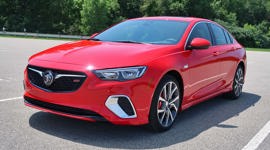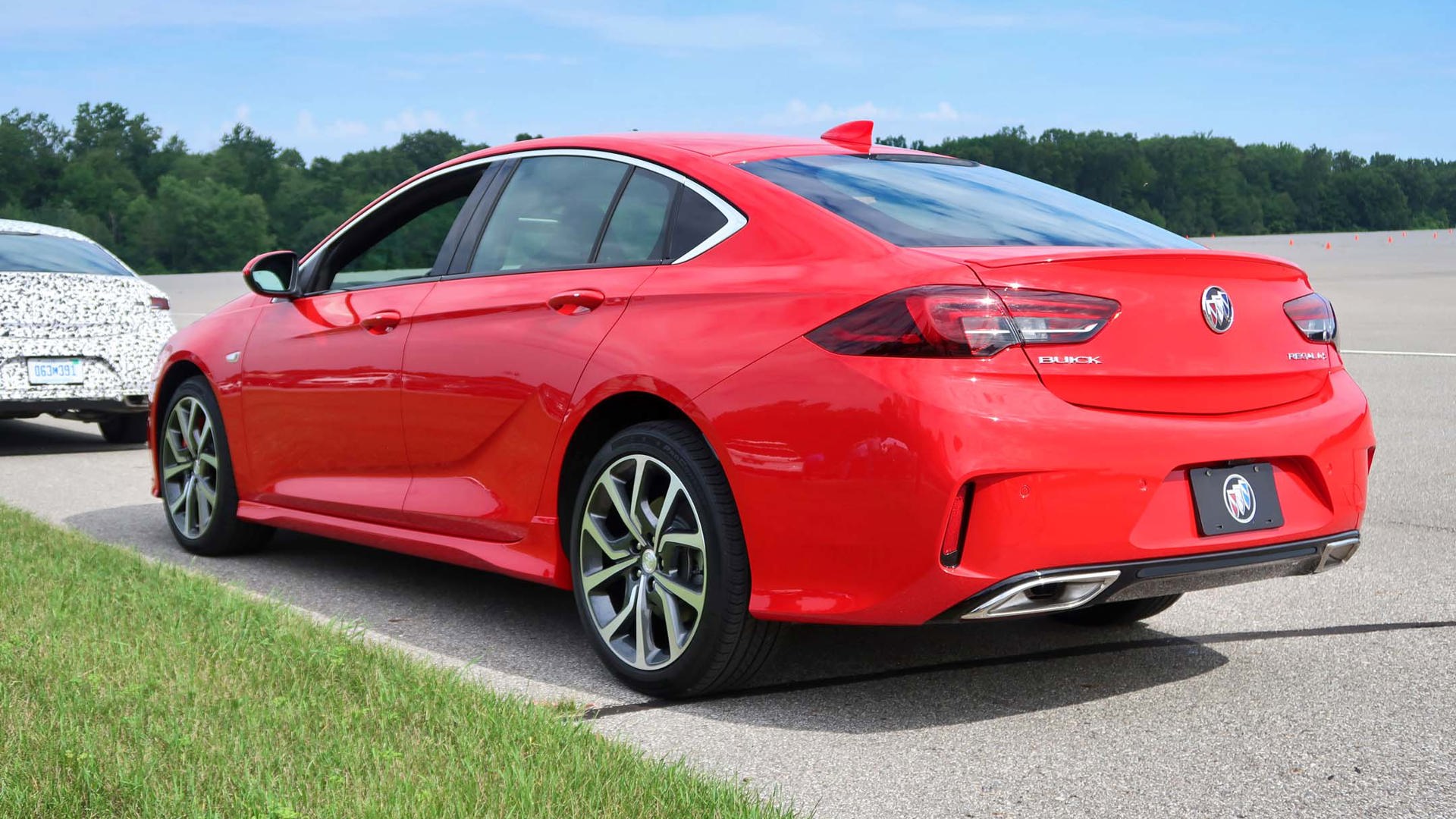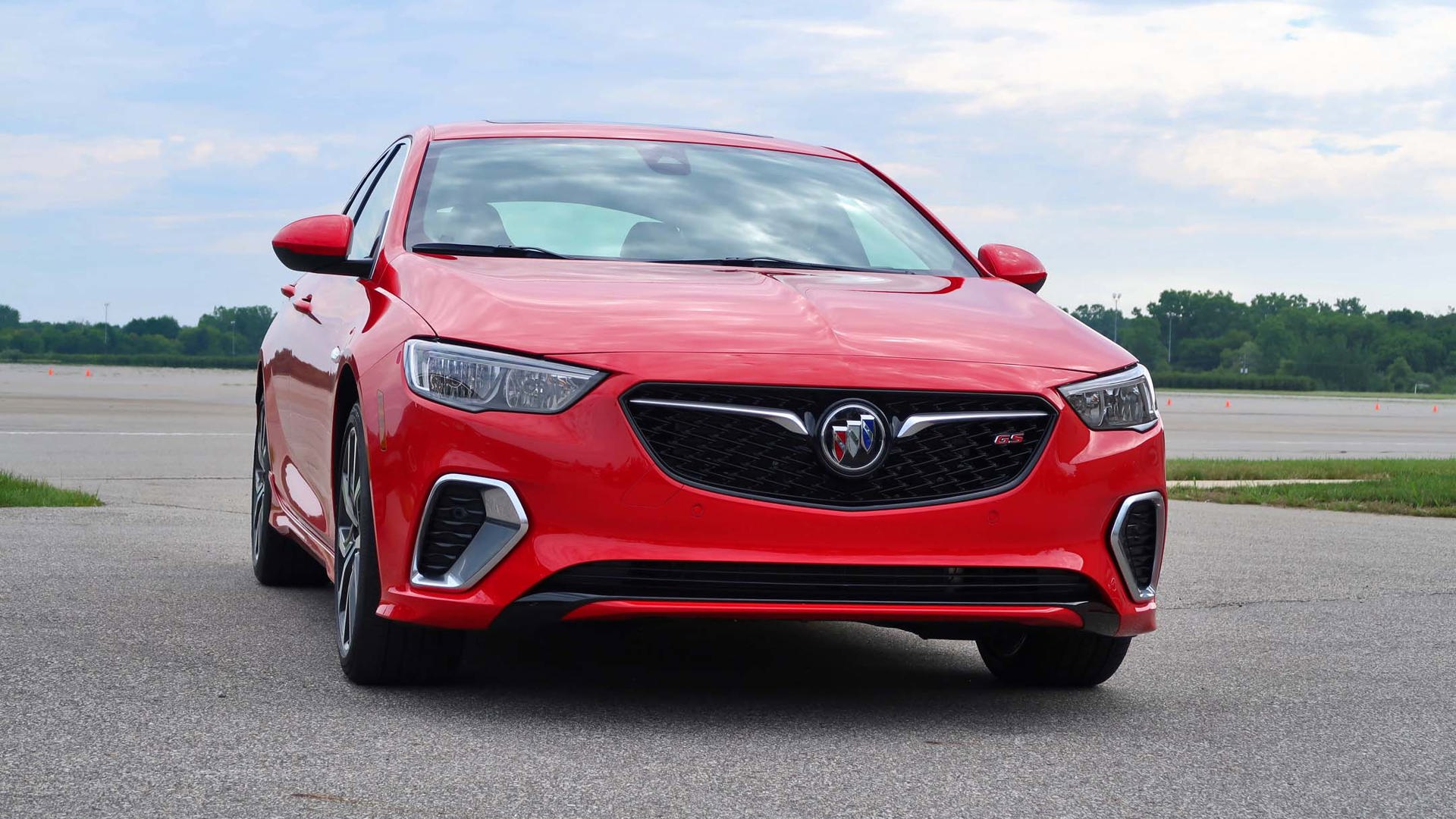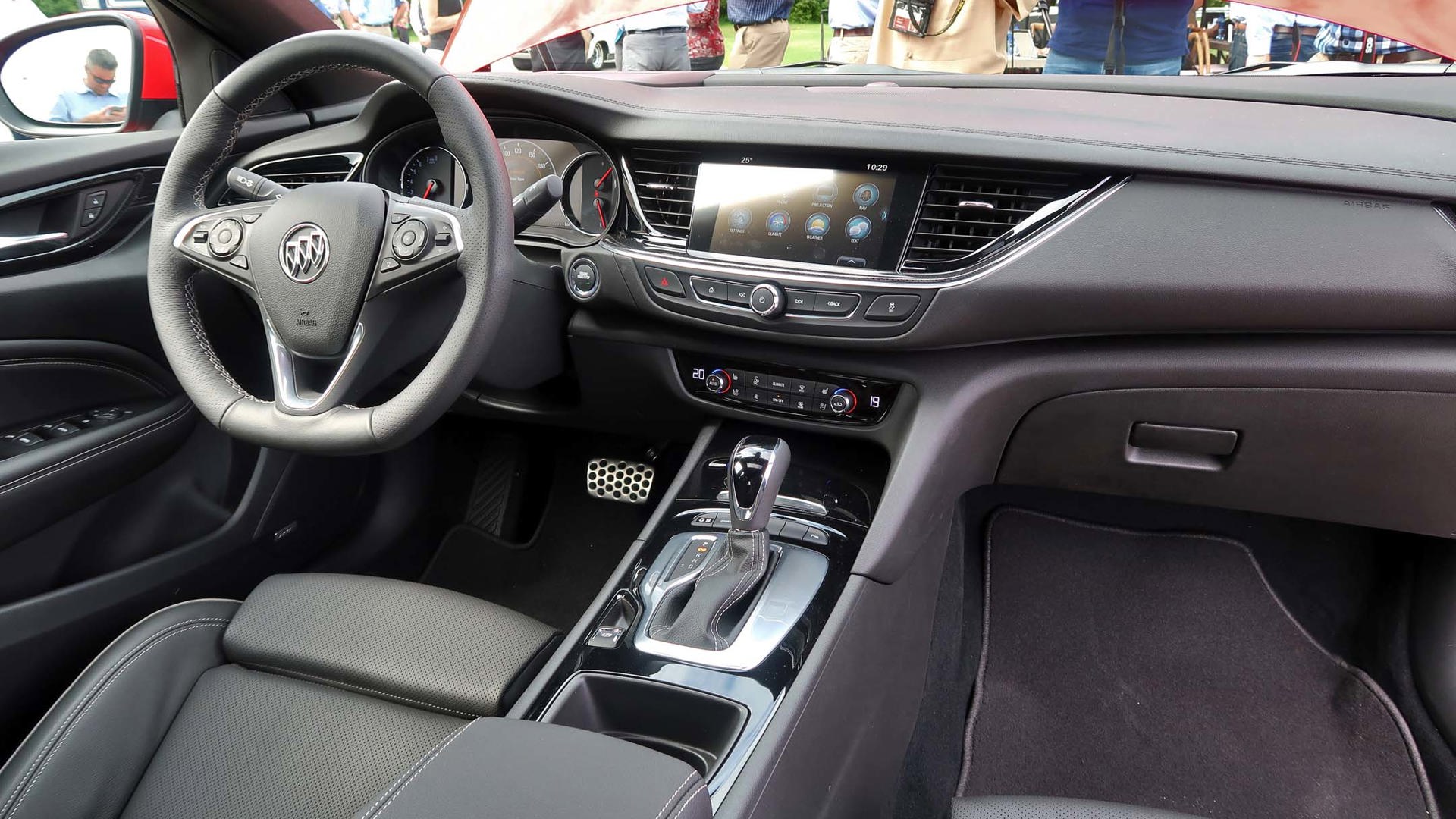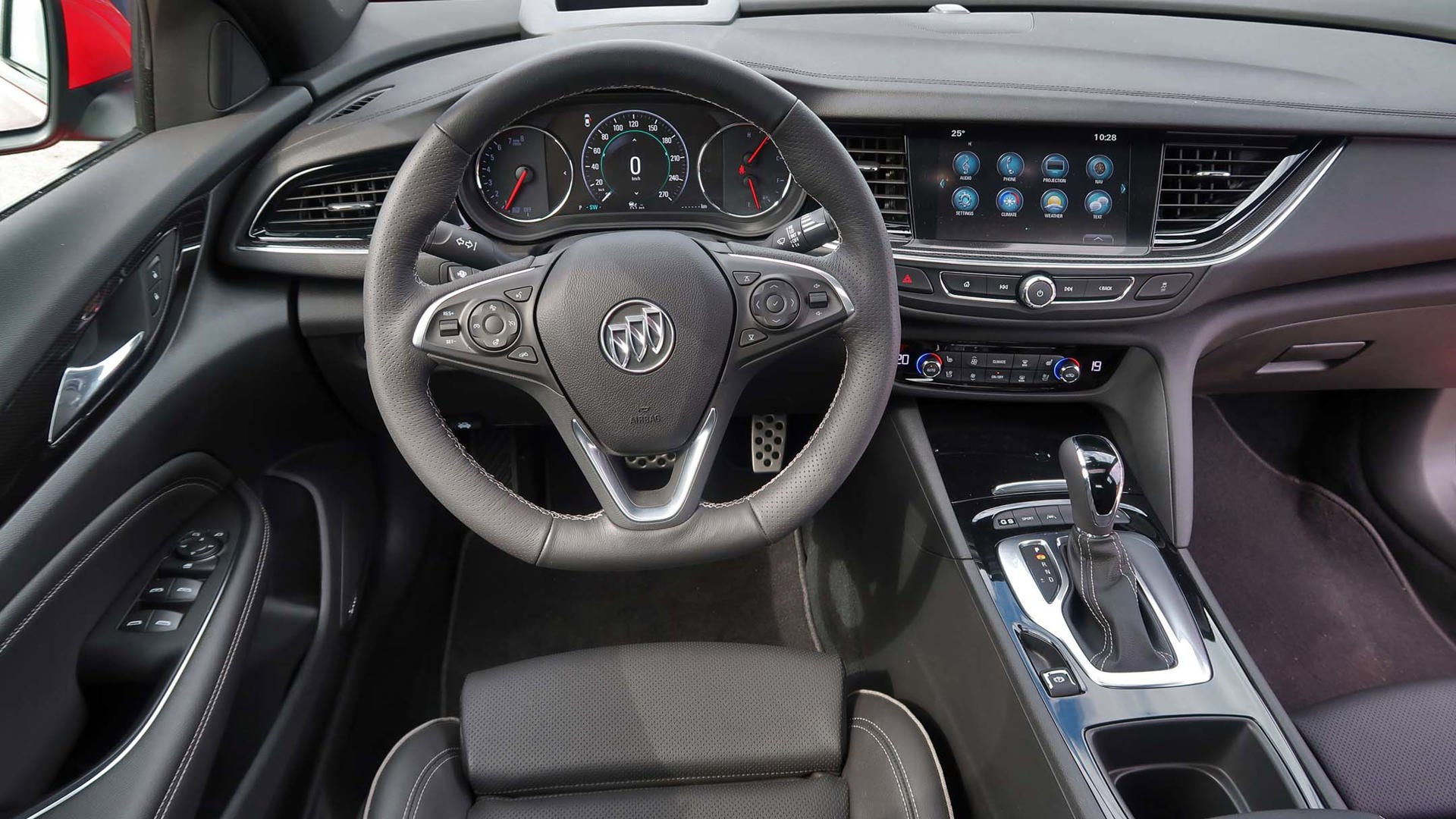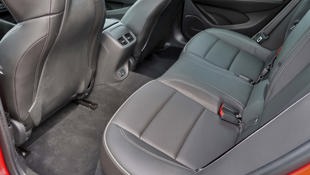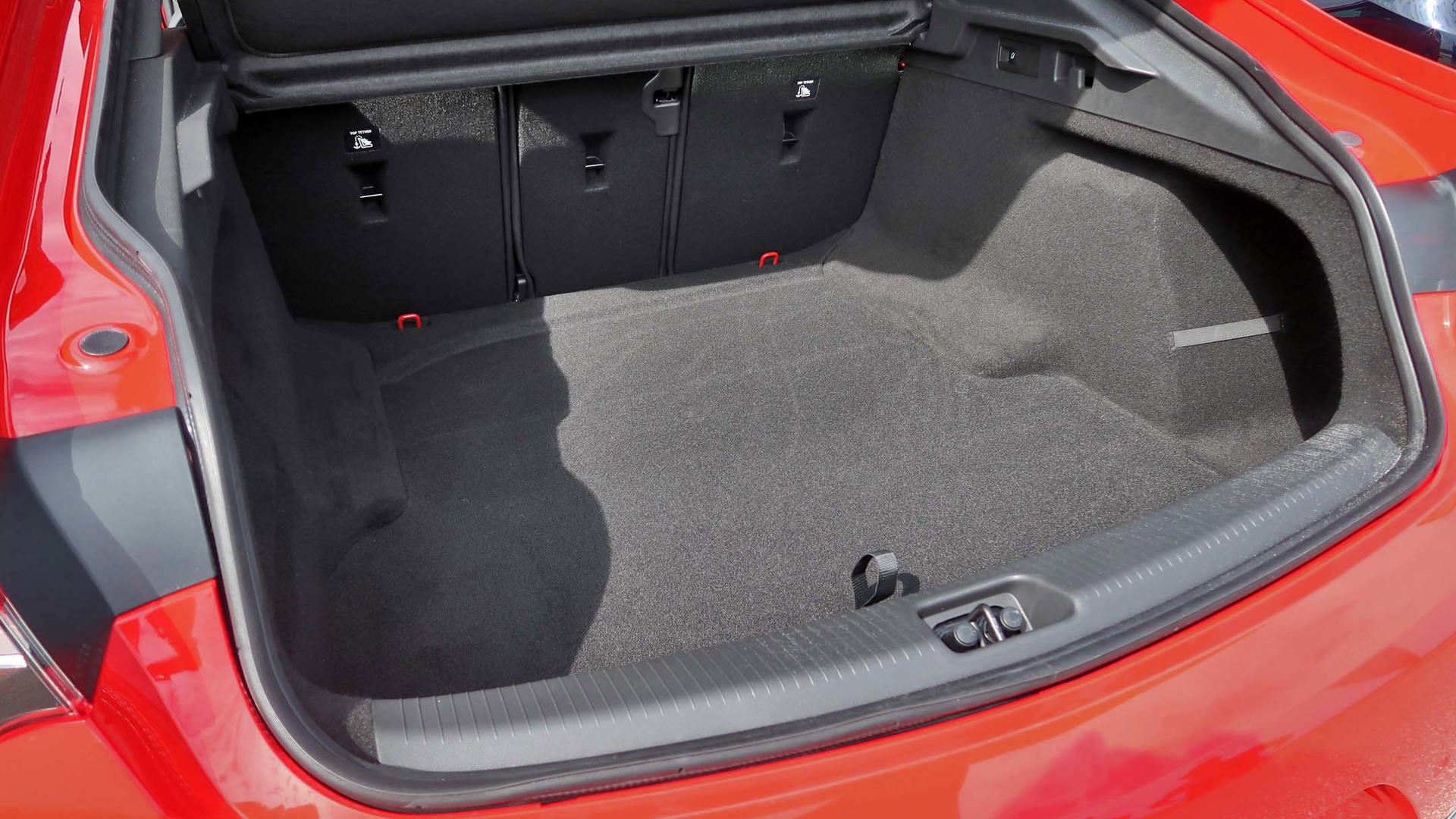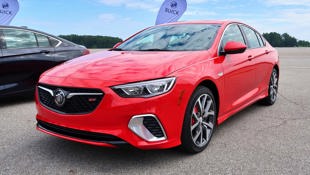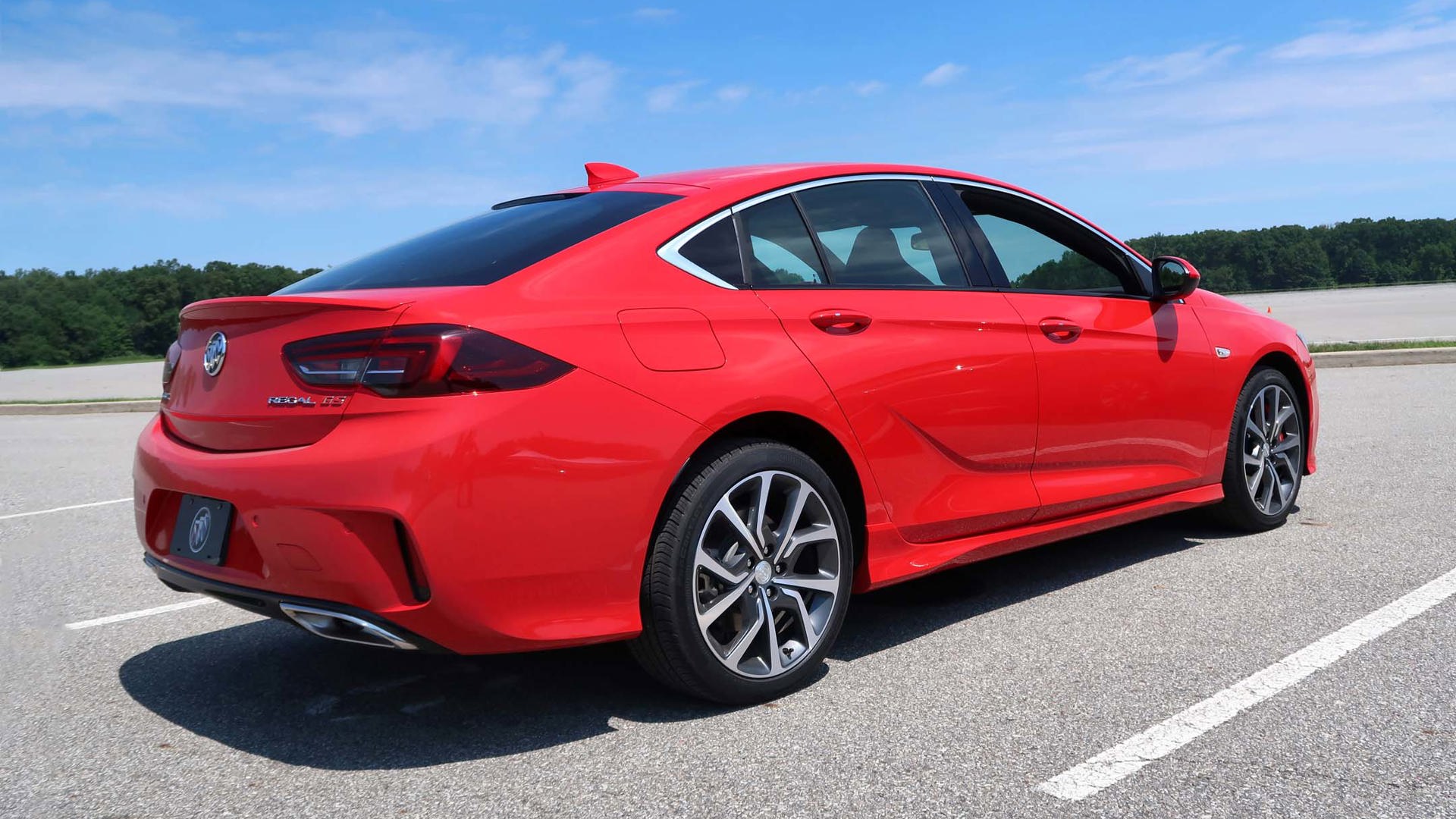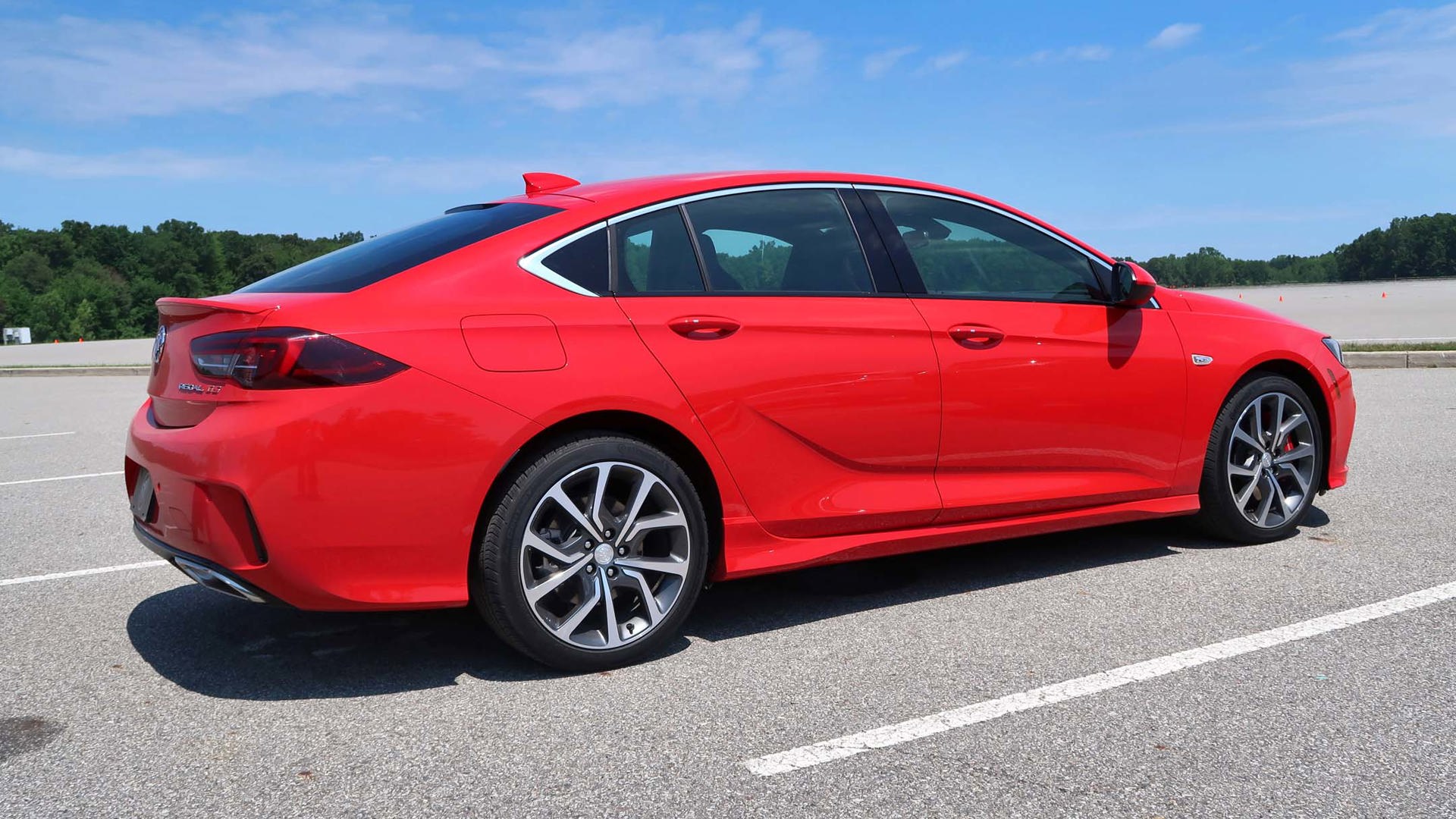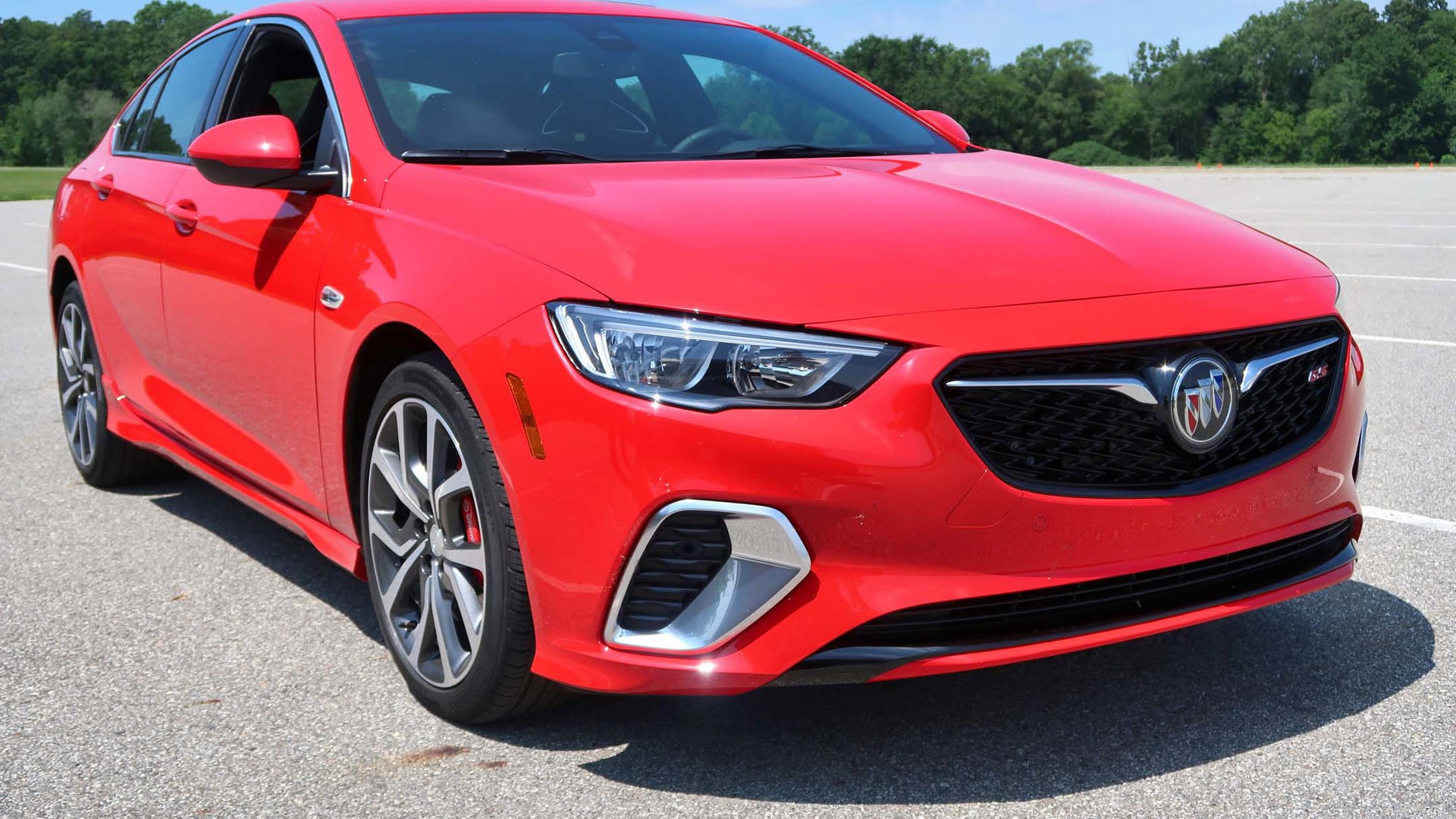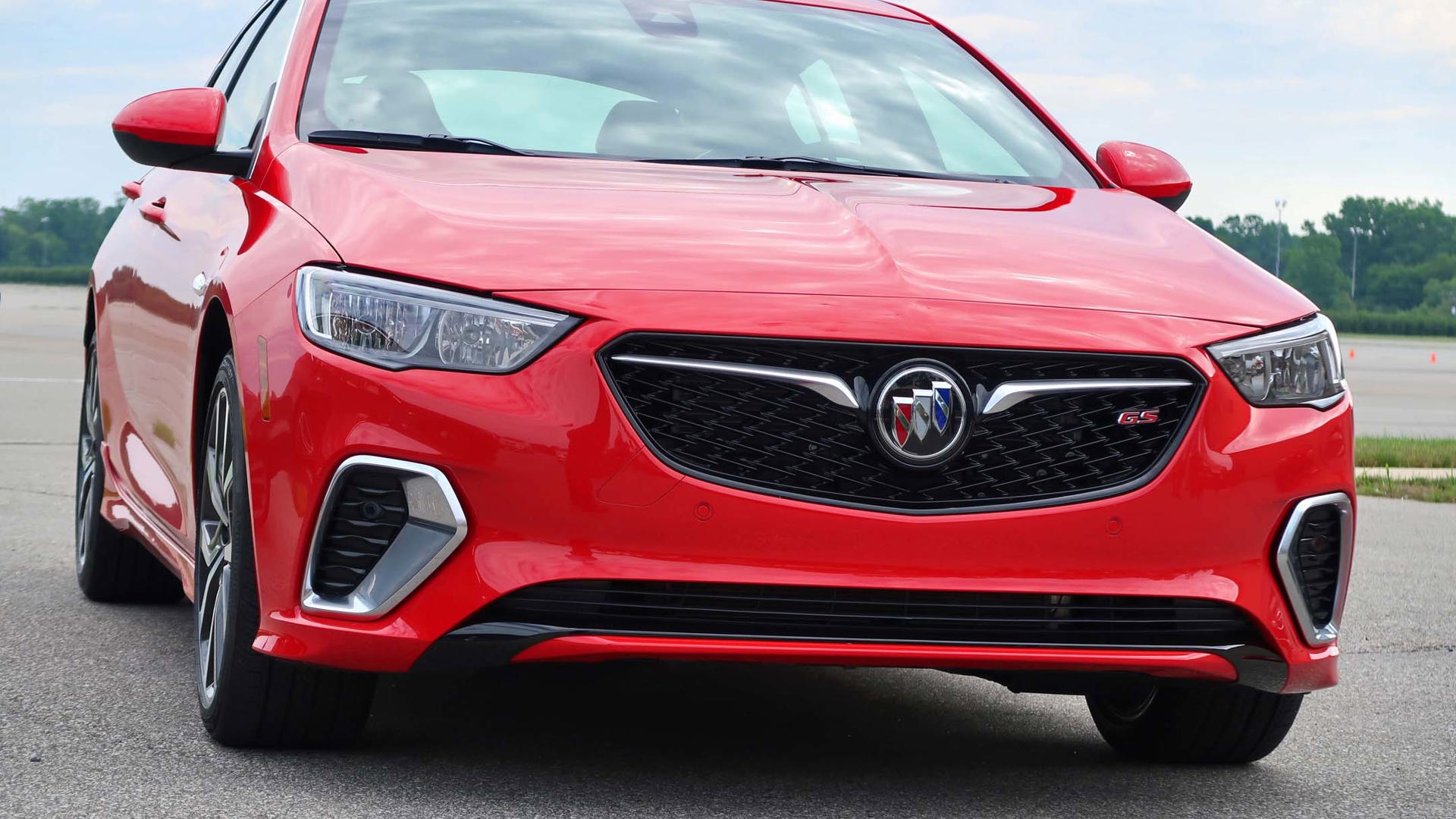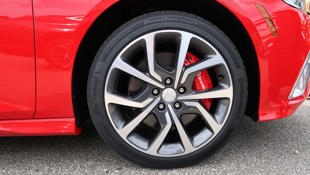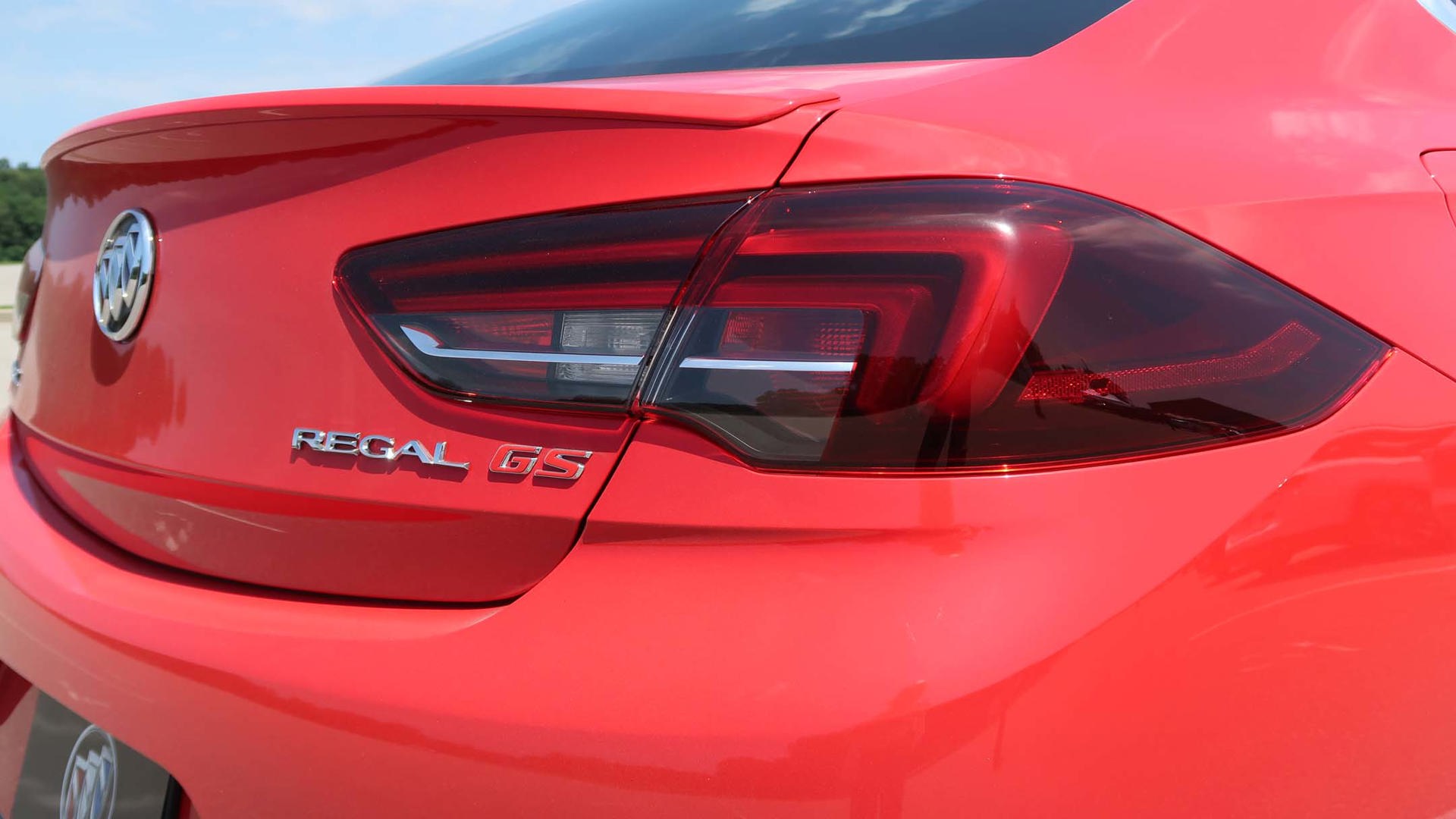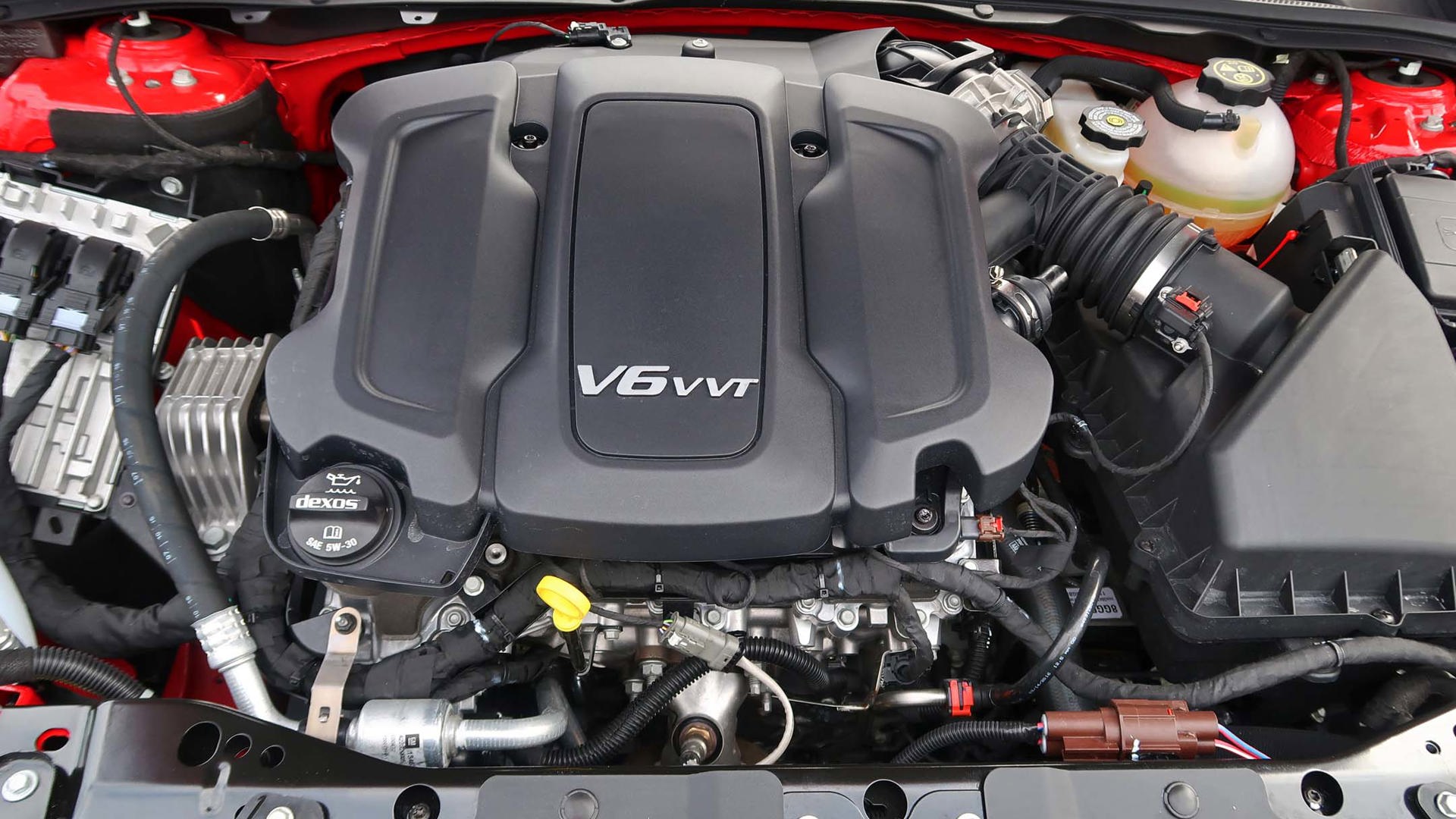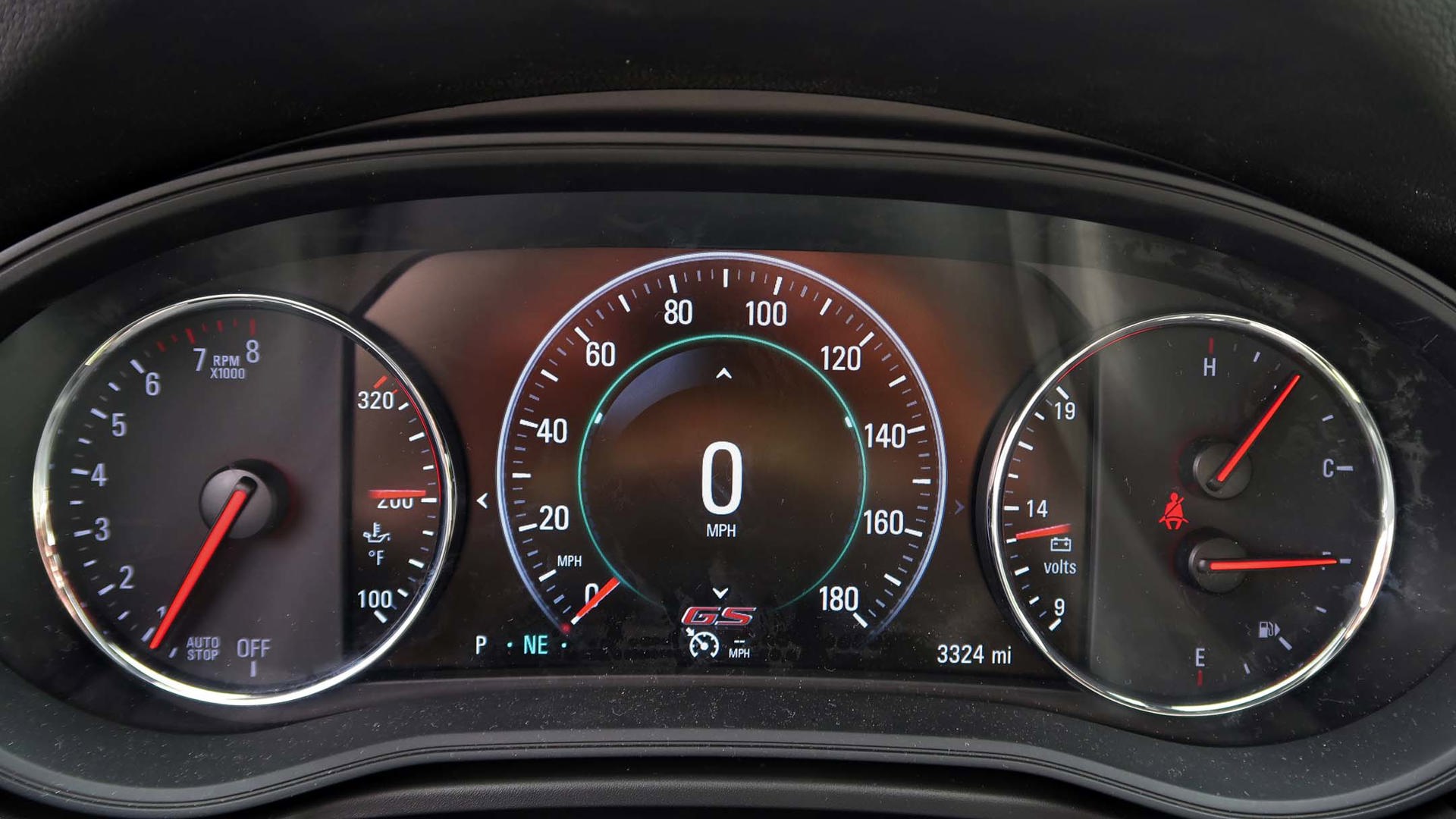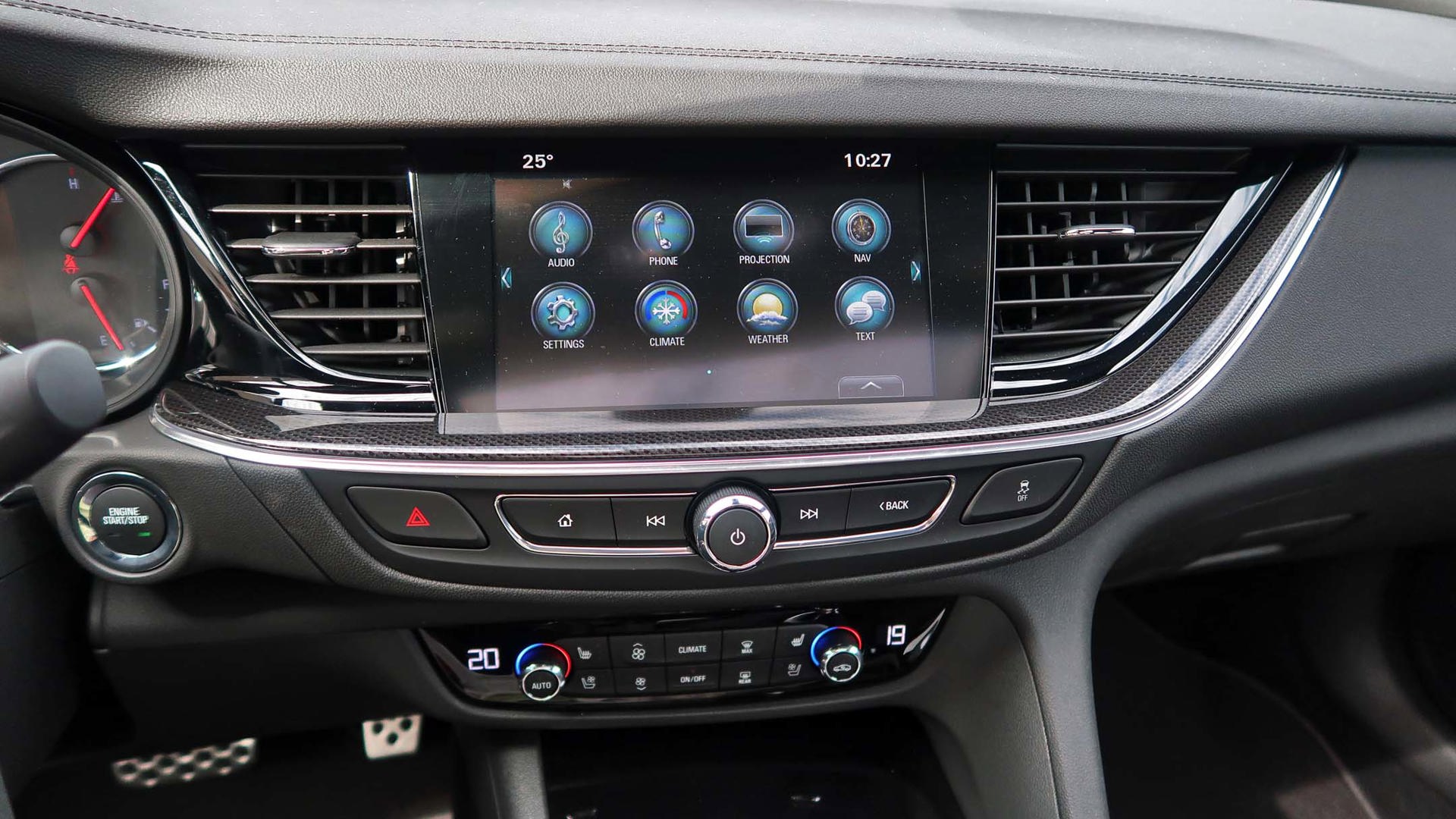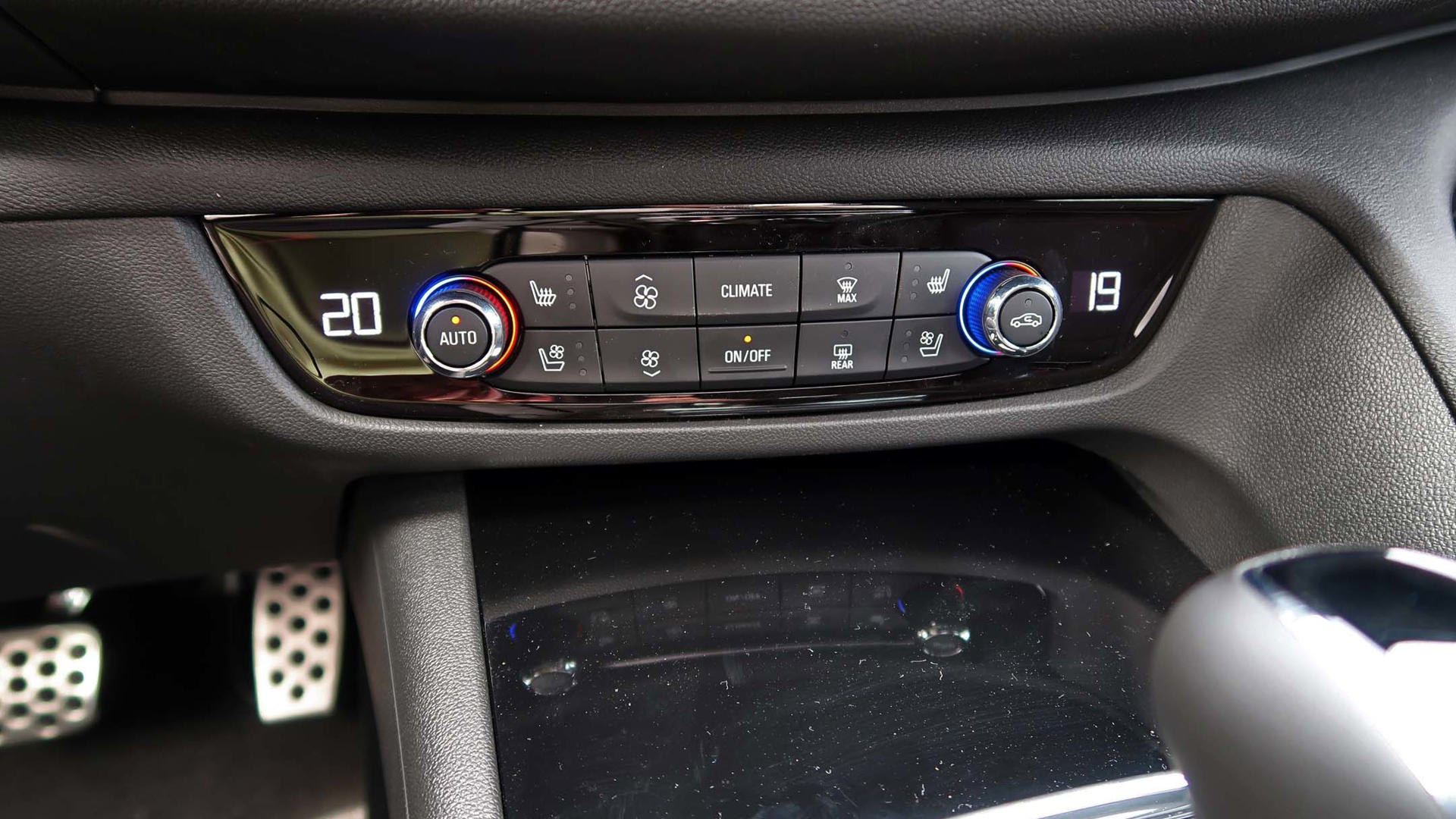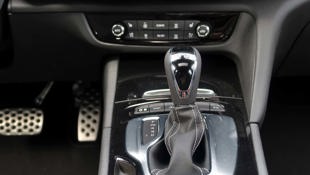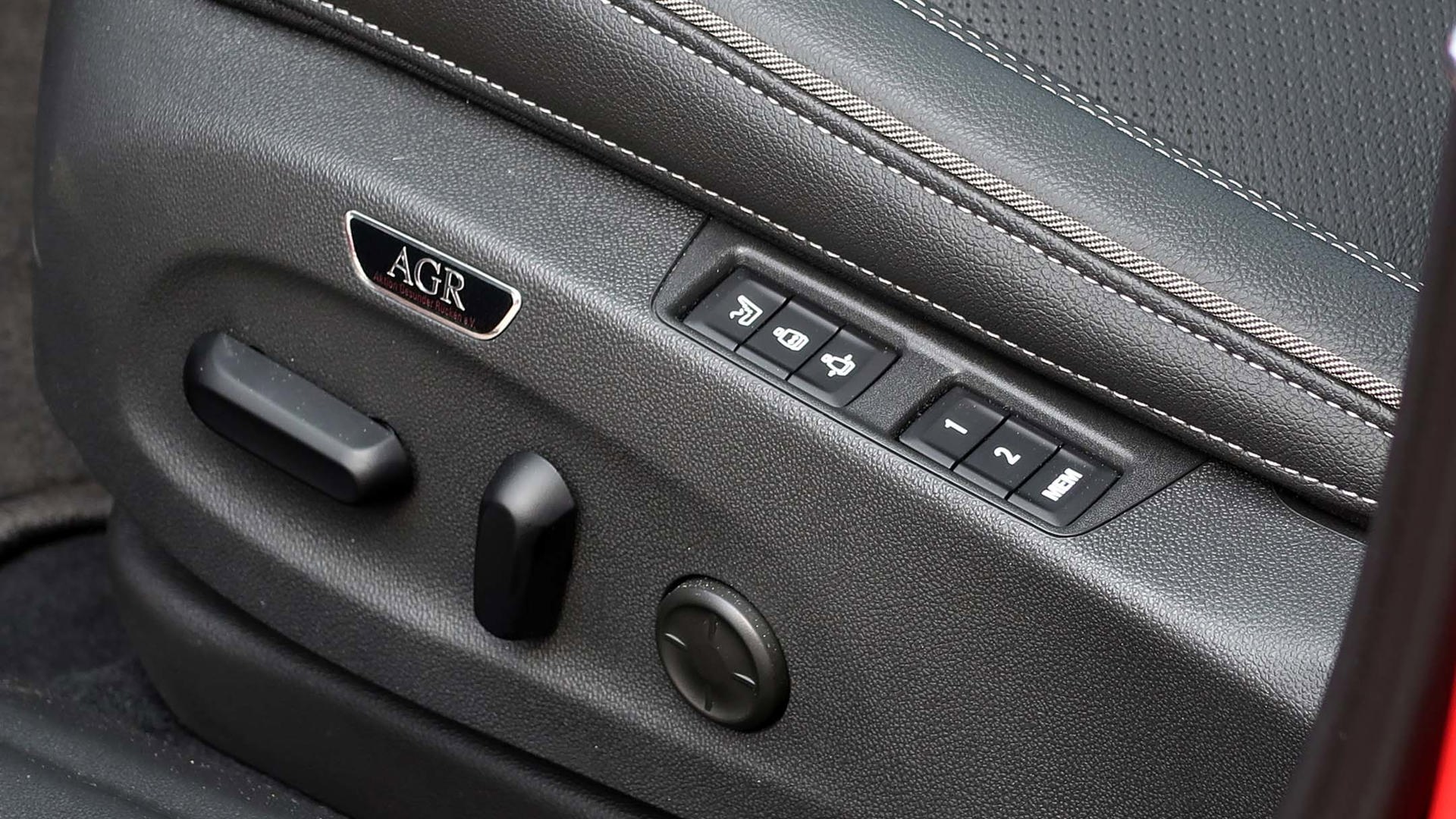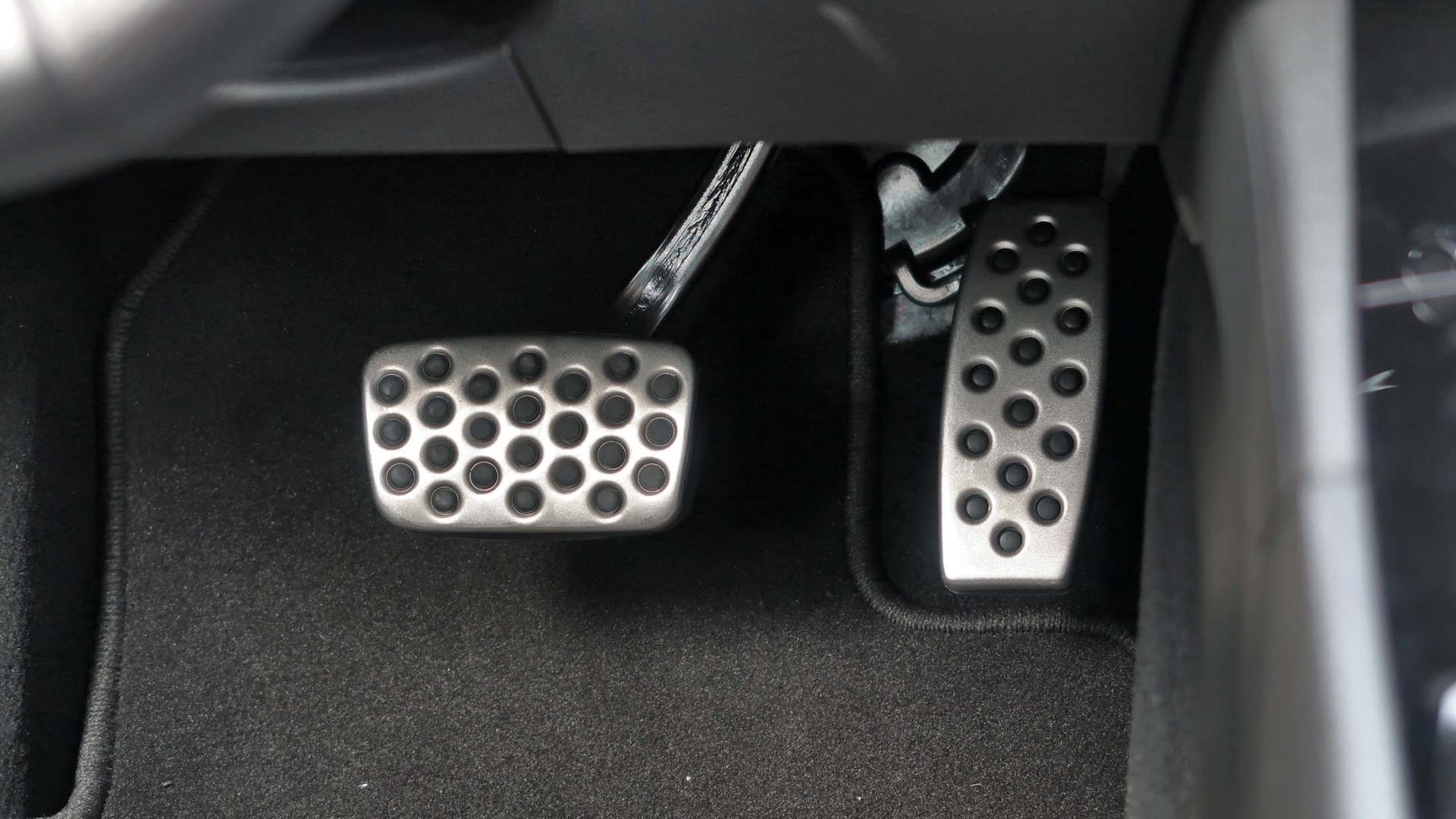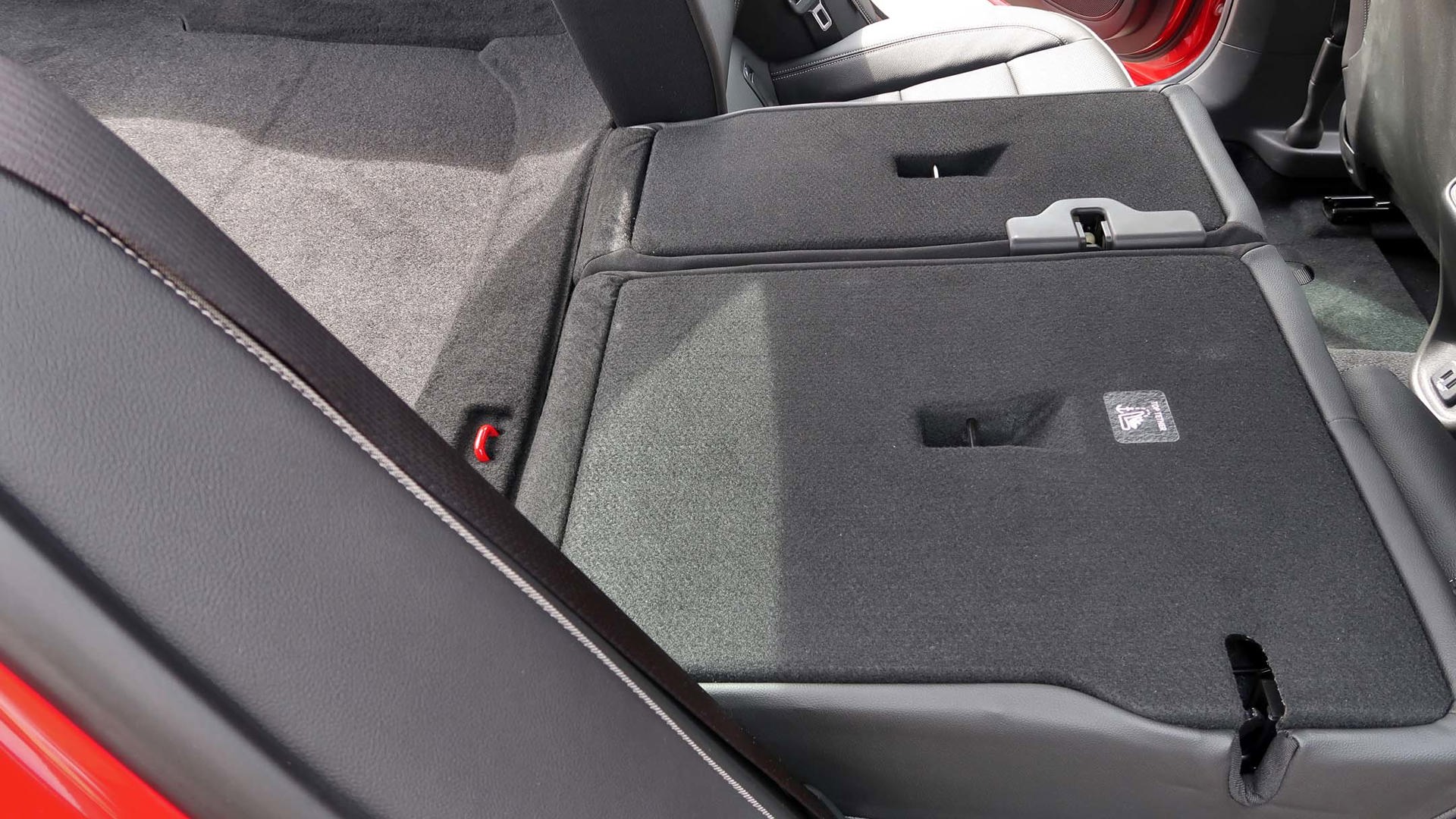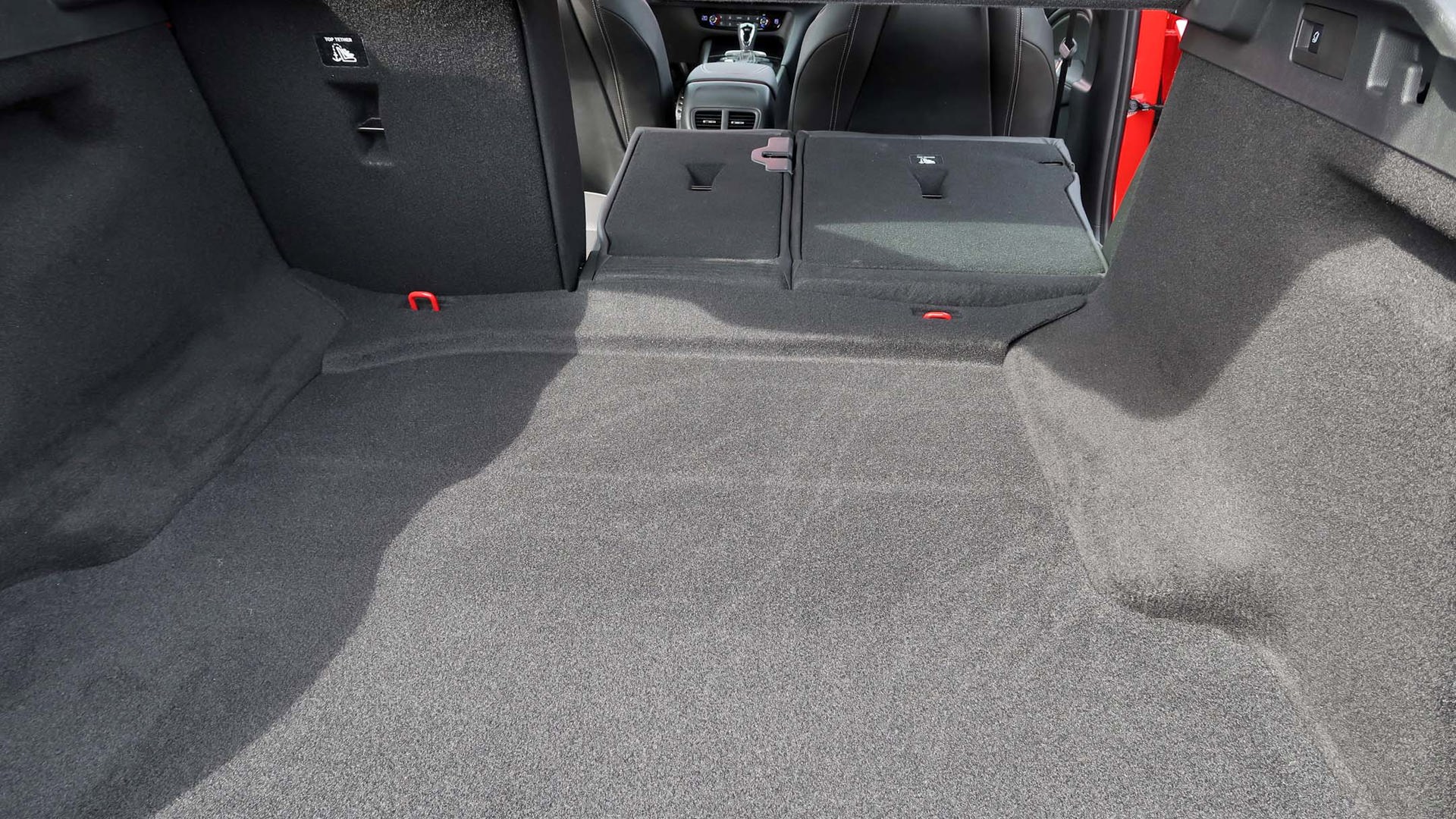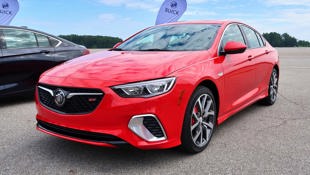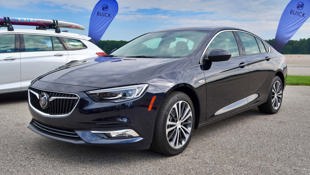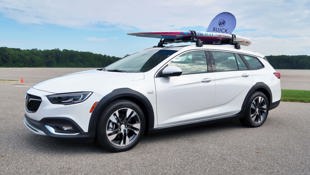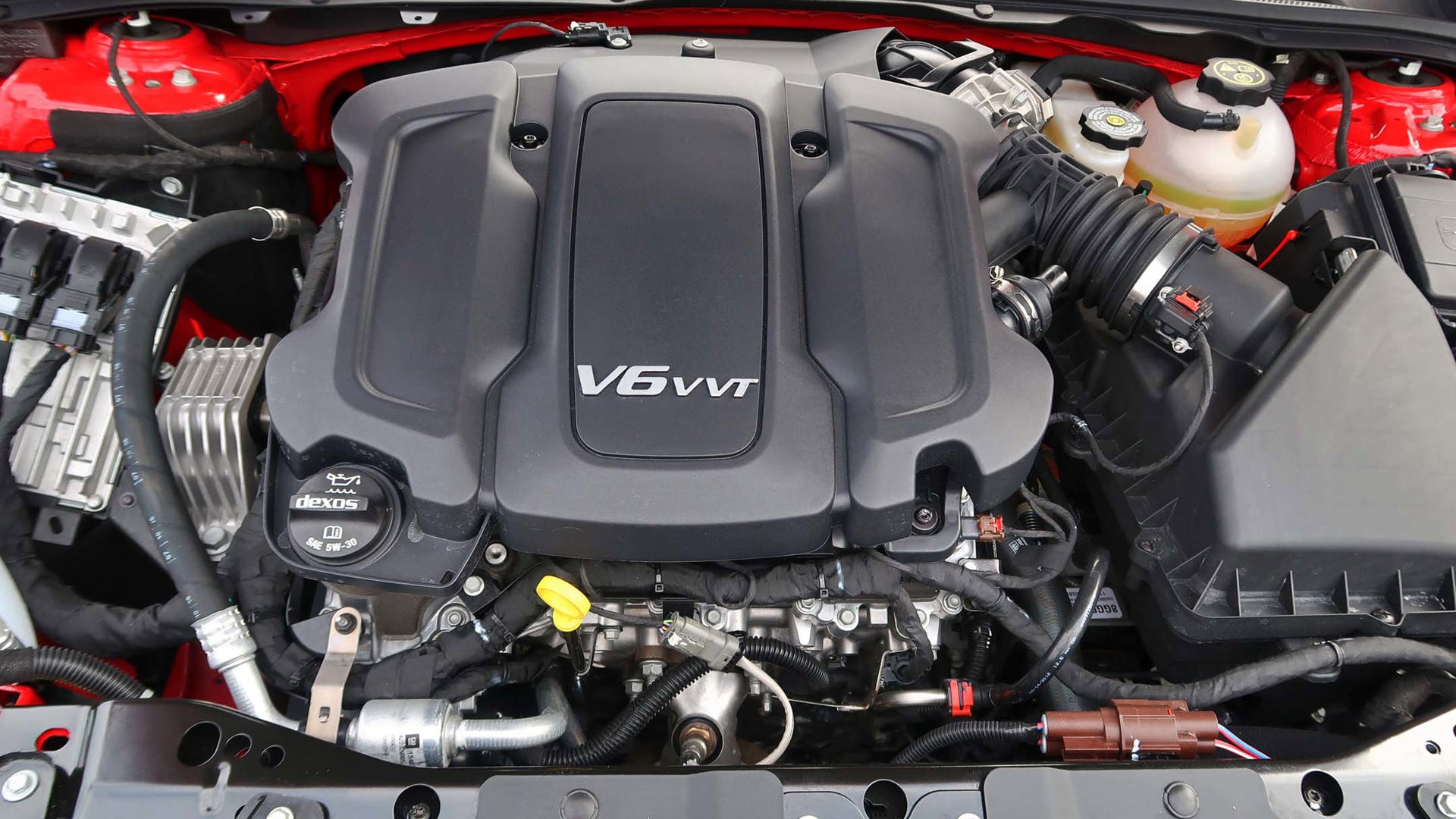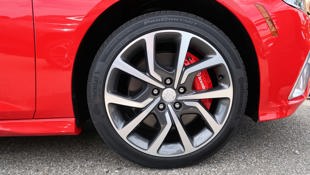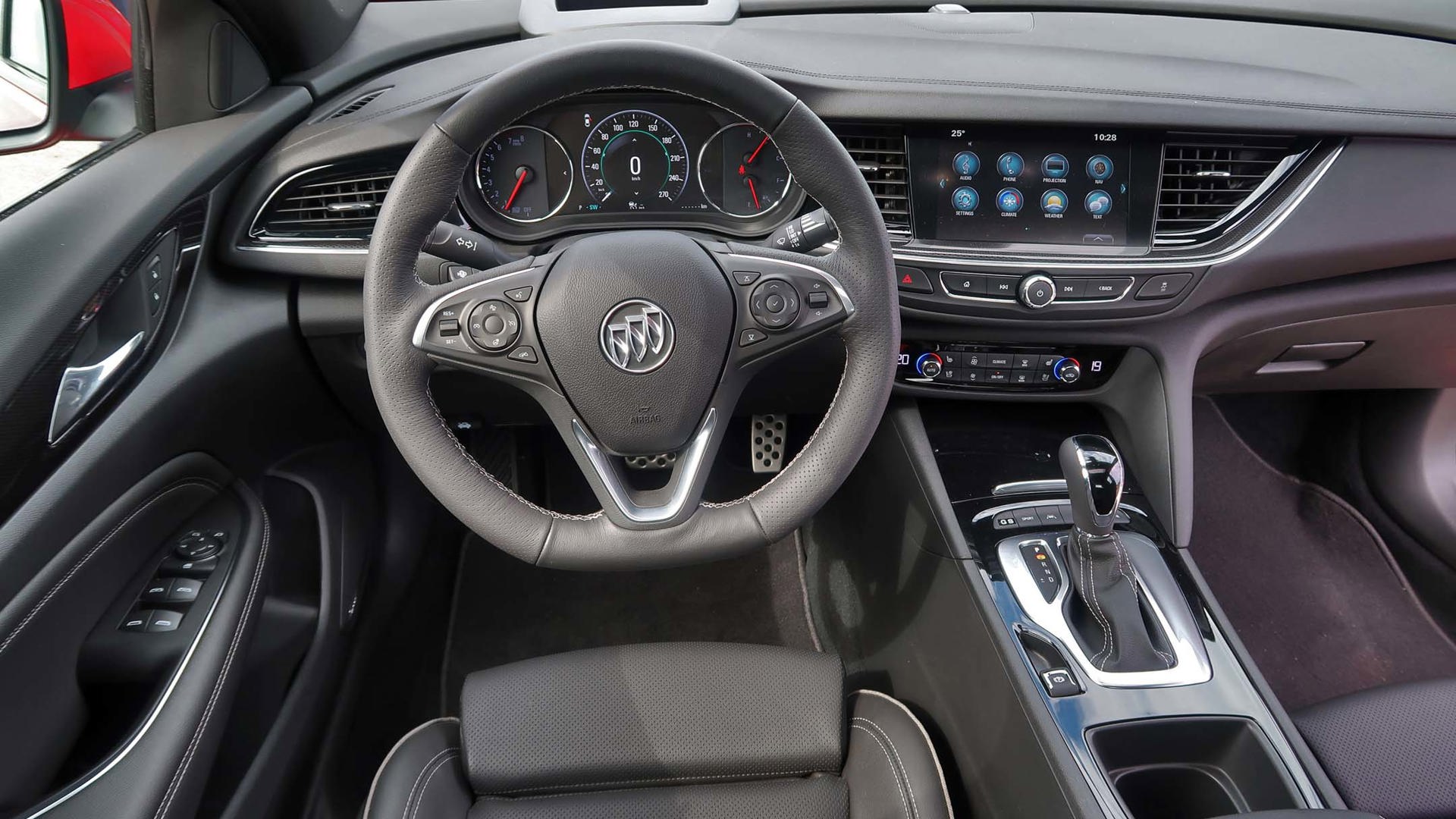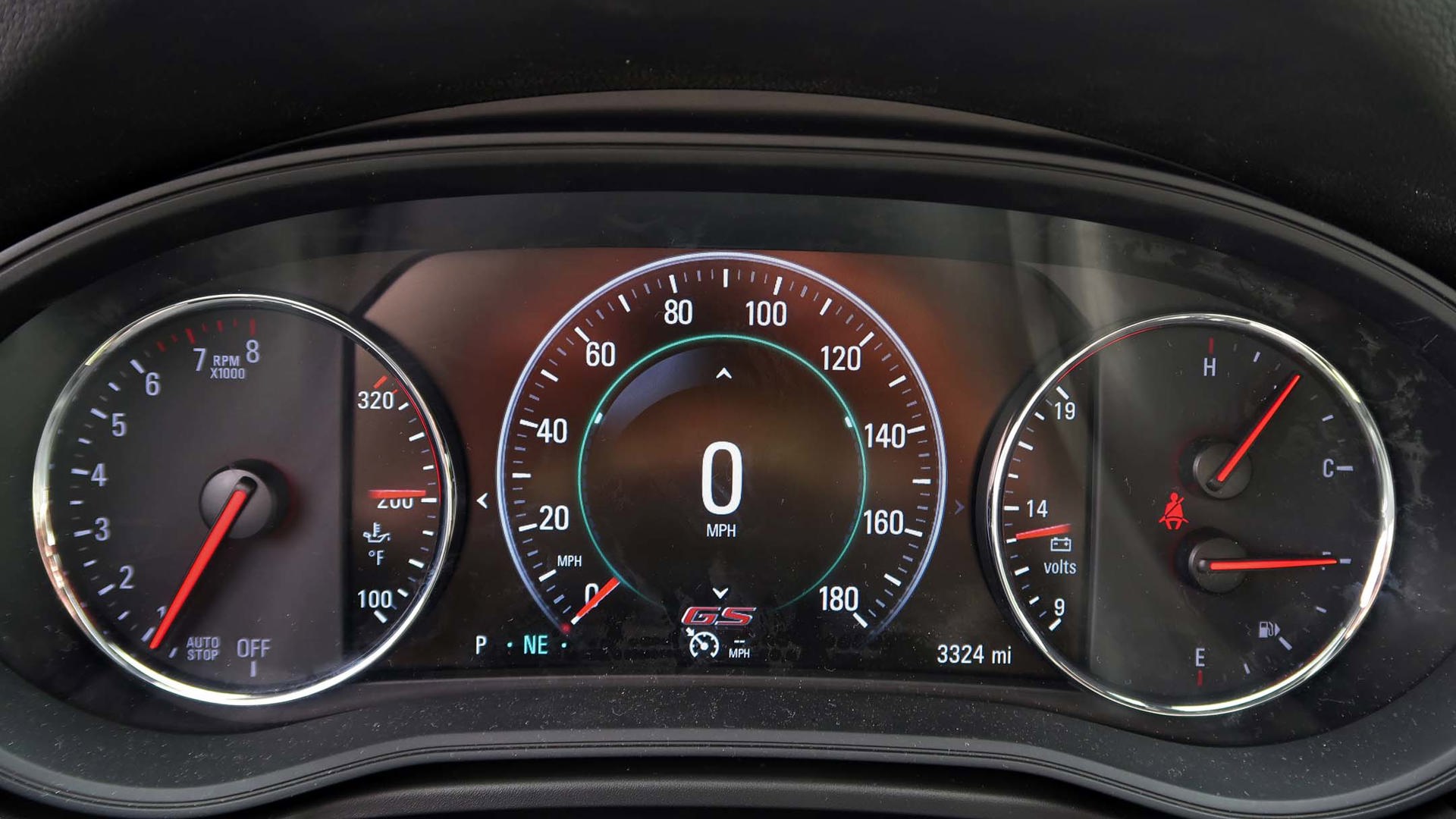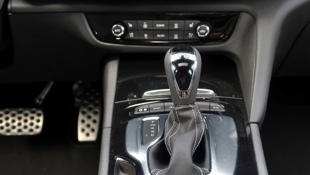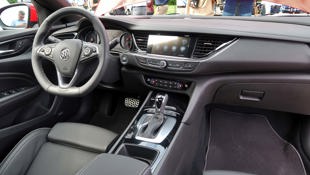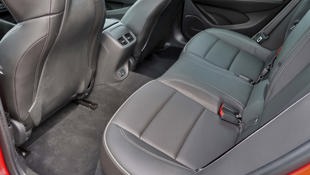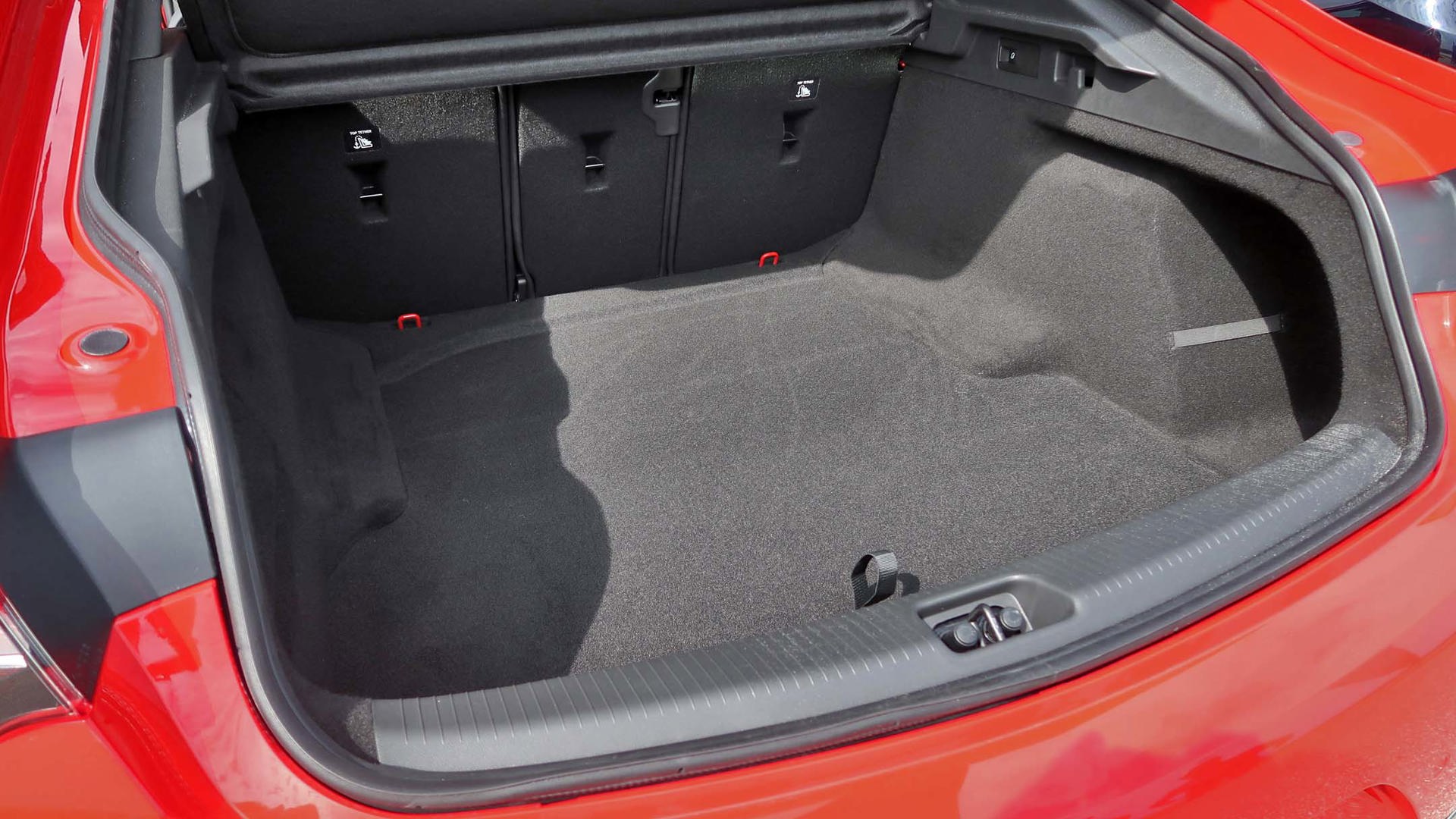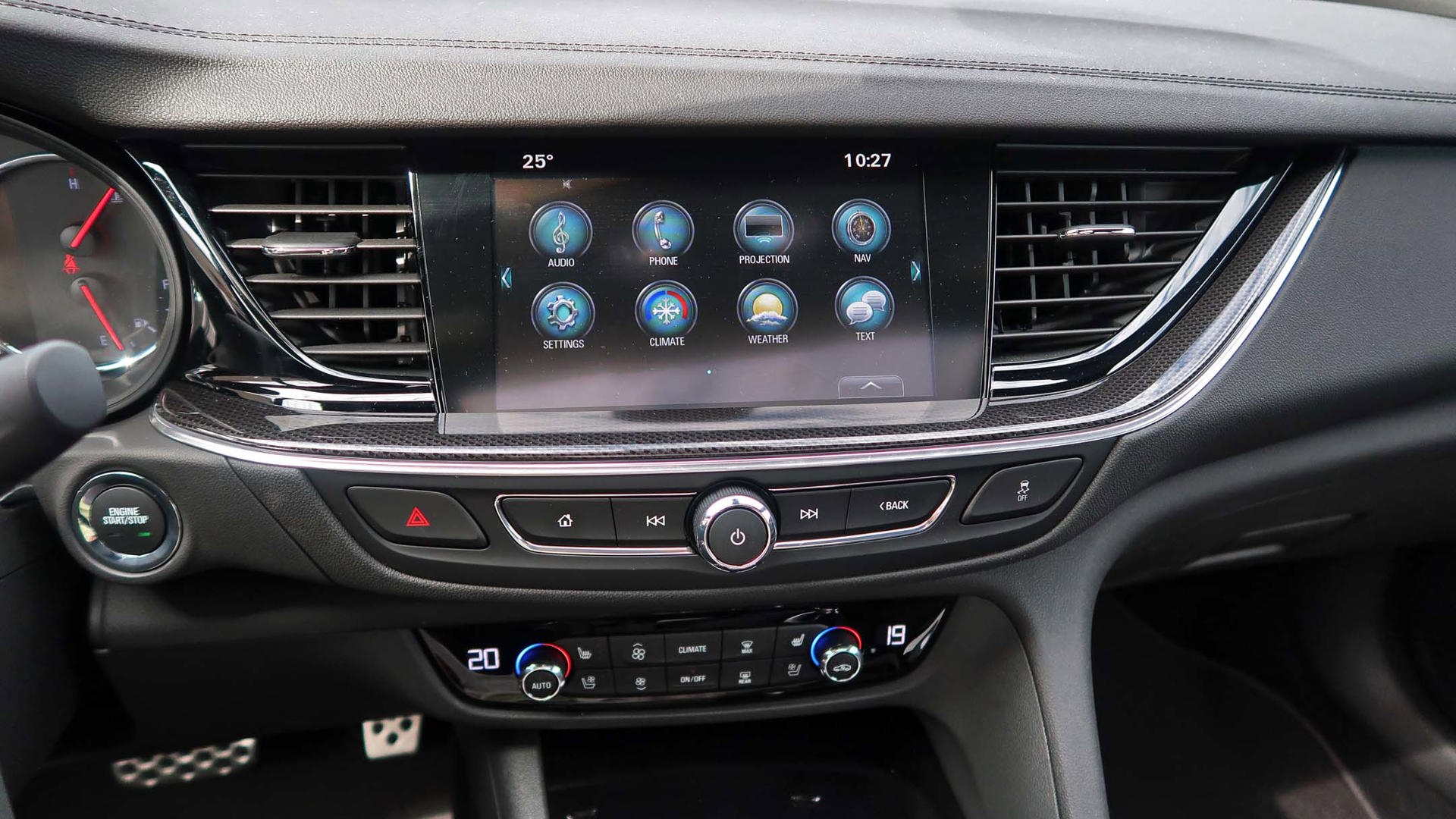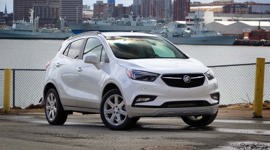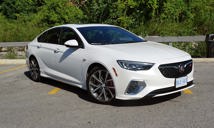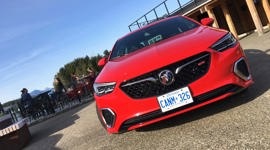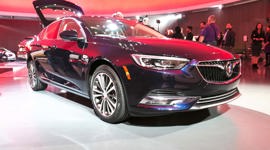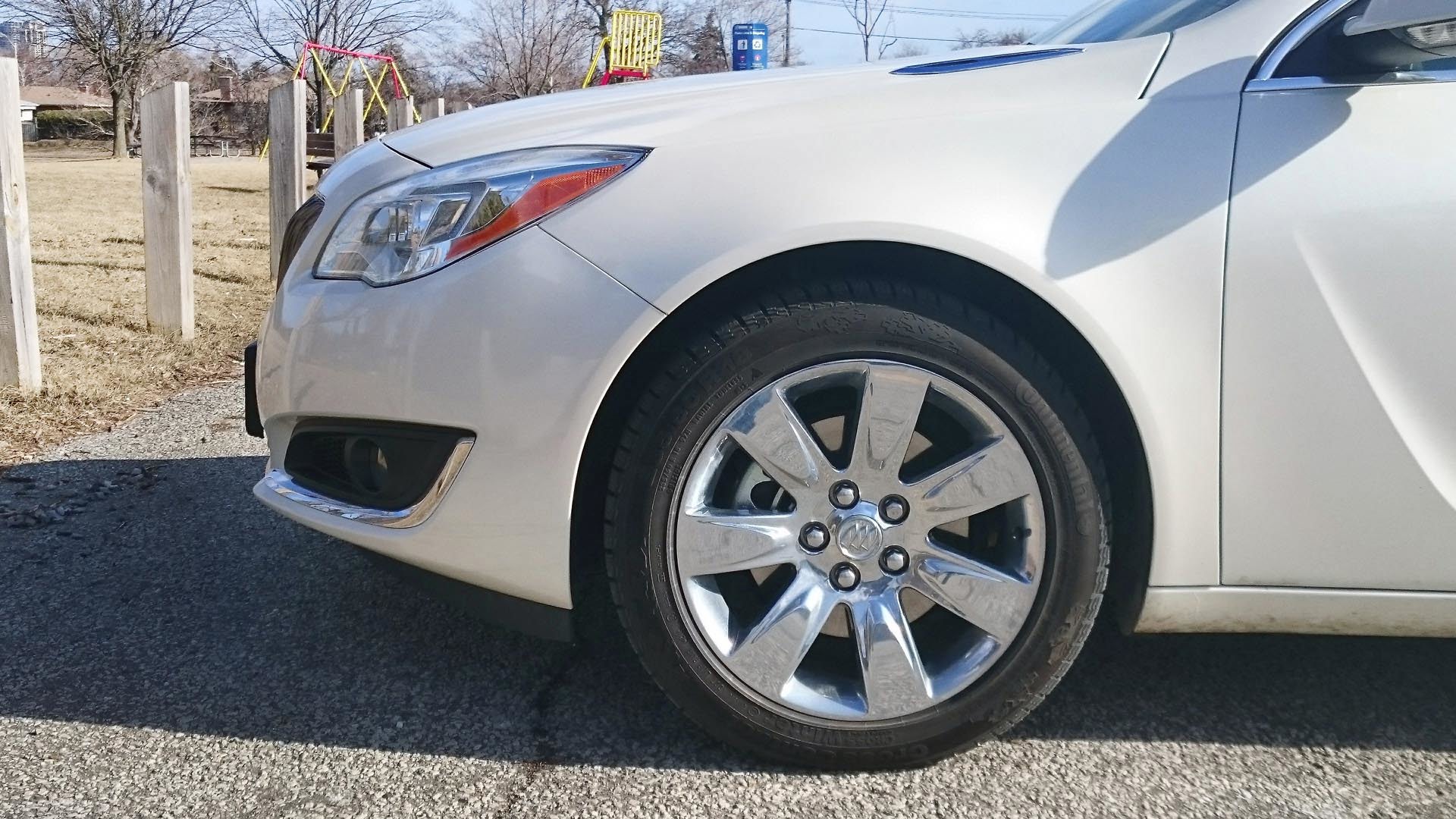MILFORD, Michigan – Once the stodgy grandfather in GM’s portfolio, Buick is now ready for resurgence. For 2018 the Buick Regal says goodbye to its trunk, in favour of the all-new Sportback and the car that made its world debut at GM’s proving grounds here in Milford, the higher-powered Regal GS.
It looks like Buick has hit the sweet spot for sporty handling with commute-to-the-office comfort.
The Sportback goes on sale later this year, followed by the GS in the first quarter of 2018. The new Regal lineup also includes a fetching wagon, the TourX, which will go on sale in the US but won’t be coming to our shores in Canada.
“Shores” is the operative word here: while the current Regal is built in Canada, these all-new ones are made by GM-Opel in Rüsselsheim, Germany. And that’s probably why GM’s reps mentioned Audi more than a few times in their GS presentation, as the company plans on chasing new competitors with this car’s sporty chops.
Pricing for the Sportback has yet to be announced, but the GS will ring in at $43,845 when it arrives.
The regular Regal contains a turbocharged 2.0L four-cylinder that spins out 250 hp, while the GS carries a naturally aspirated V6 that makes 310 horses and includes cylinder deactivation, running on four cylinders at light load for better fuel economy.
Things get a little more jumbled when comparing the rest of the specs. The Sportback comes in front-wheel drive, where it uses a nine-speed automatic and produces 260 lb-ft of torque, or in all-wheel, with an eight-speed autobox and 295 lb-ft.
The GS comes only with all-wheel but with the nine-speed automatic, and spins out 282 lb-ft of torque.
Seat time on this quick event was limited to an eight-kilometre lap of the test track, where I drove all three Regal models. As short as that was, the GS’ chops came through loud and clear when compared to its four-cylinder siblings.
The all-wheel system runs exclusively in front-wheel under most conditions, but can transfer up to 50 percent to the rear when needed, and that back-axle power can then be sent entirely to the left or right tire. The car tucks in smartly around curves, including a quick lane-change opportunity where I had to lift off the throttle on the front-wheel Regal and taller, all-wheel TourX to get through without killing any of the cones that marked the route.
The ride is taut but smooth, and it was impressive across the rougher pavement included on portions of the test track. The suspension soaked up the shock from spalled concrete and potholes, while a ridged stretch of chatter bumps didn’t knock the GS around as easily as it did the Regal and TourX.
Both the GS and the all-wheel Regal feature a five-link rear suspension, while the GS includes a continuous damping control system. The car starts out in regular driving mode, but progressively tightens the suspension and adjusts the driving dynamics when you hit the buttons for Sport or GS. Even so, it’s still smooth and settled: most sport sedan buyers still want soothe along with the sizzle. I’ve driven the previous GS, and this new one feels lighter and with snappier steering, and with more horsepower and far better seats.
The nine-speed automatic does its job very smoothly, which is both a pro and a con. On the pro side, the shifts are almost imperceptible, which is what you want in a car that’s about comfort. On the con side, there’s supposed to be some visceral feel to a sports sedan – feeling the gears holding as the revs rise, the satisfying blip of a downshift – that isn’t there. And while you can shift the manual mode via the gearshift lever, why give us a sports-style, flat-bottomed steering wheel that doesn’t have paddle shifters on it?
The GS package also includes Brembo calipers, a sport-tuned exhaust that could use a bit more burble, and metal pedals. I’m still not quite sold on the in-your-face air intakes in the unique-to-GS front fascia, matched with similarly styled exhaust surrounds at the rear, but they definitely tell onlookers that you sprang for the top-end model.
The interior is distinctly Buick, with easy-to-use controls and an available head-up display. The seats are a thing of beauty, unique to the GS and with adjustable bolsters, heating and cooling, and a massage function. They’re also certified by AGR, or Aktion Gesunder Rücken, a German association that gives its seal of approval to products that meet its standards for back and spine health.
It’s roomy inside, and the sportback styling adds to the practicality when loading cargo, especially since the 40/20/40 rear seats fold flat.
Not surprisingly, the GS isn’t going to be the volume seller, and GM expects it to account for only about 10 percent of all Regal sales. And how well it’ll do in the market overall is also up for grabs. In my limited time behind the wheel, it looks like Buick has hit the sweet spot for sporty handling with commute-to-the-office comfort, but the brand still doesn’t have that sports-sedan cred that’s woven into the fabric of makes like Audi and BMW.
Even so, the GS gives the company a good middle step for those who want more doors than a Camaro offers, but with something less than the sticker on a Cadillac. Whether buyers will stop into the showroom on their way to the more firmly sports-entrenched competition has yet to be seen, but they’ll be missing out if they don’t at least take this newest Buick for a spin.
